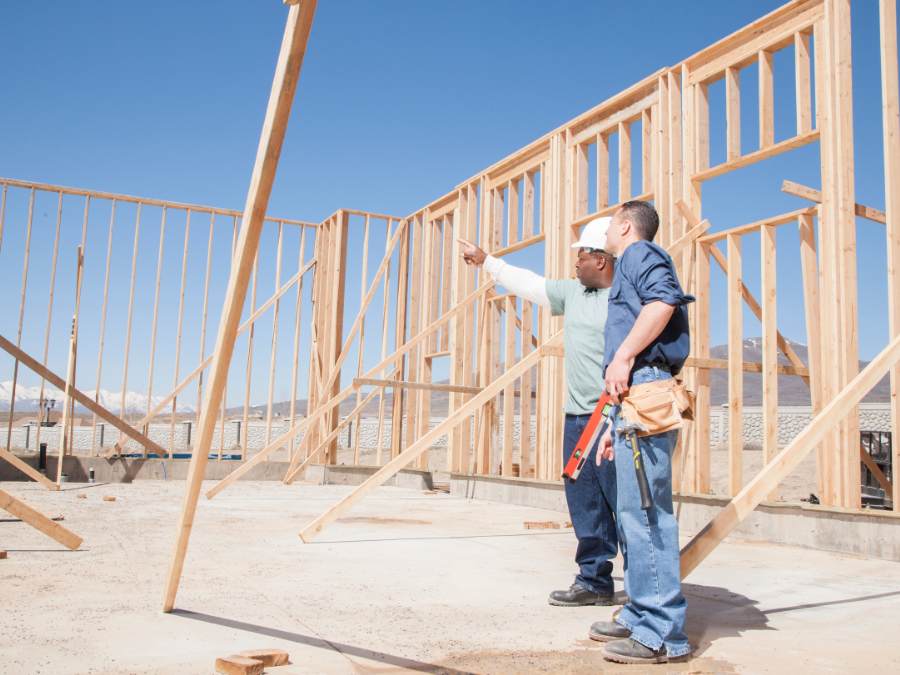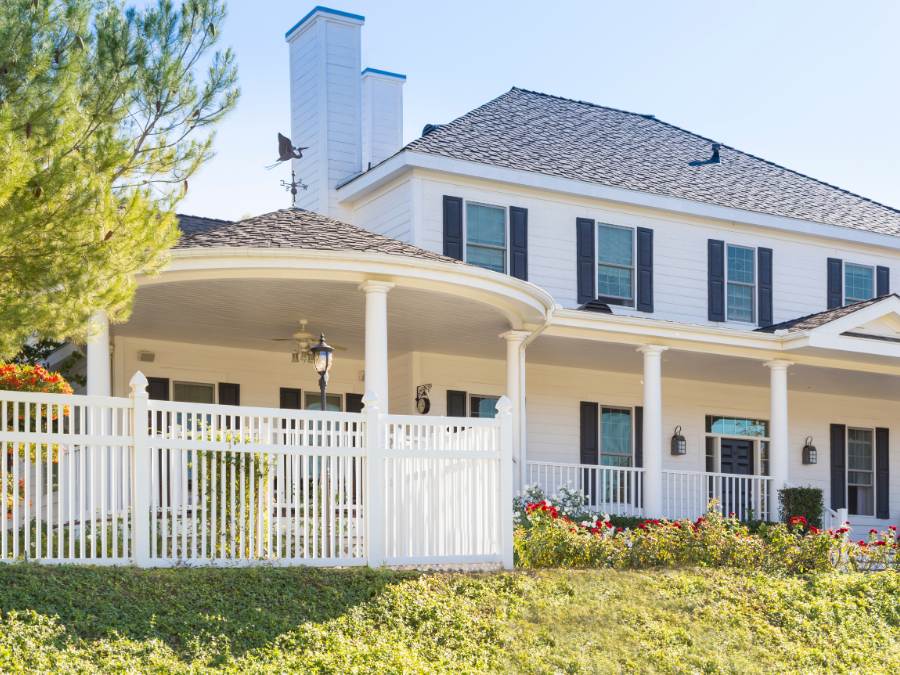How To Prevent Scope Creep In Your Custom Home Build
Building a custom home is one of life’s most exciting adventures. You get to design every detail, from the layout to the finishes, ensuring your new home is everything you’ve ever dreamed of. But with all the excitement comes responsibility, and without careful planning, it’s easy to fall victim to one of the most common pitfalls in custom home construction: scope creep.
Scope creep occurs when the project’s original scope begins to expand. It often starts innocently—a small change here, an upgrade there—but can quickly spiral into additional costs, missed deadlines, and unnecessary stress. As someone who has spent years in the custom home building industry, I’ve seen many projects go from smooth sailing to stormy seas because of unchecked scope creep.
What makes it so sneaky is that it’s rarely one big decision that derails the project. More often, it’s a series of small, seemingly insignificant changes that add up over time. That’s why it’s so important to have a clear plan from the start and stick to it. With the right strategies, you can protect your project from the dreaded creep and keep your dream home on track, both financially and in terms of timeline.

What Is Scope Creep For Custom Home Build?
Scope creep refers to the gradual expansion of the original scope of work in a project, often leading to increased costs, extended timelines, and unexpected headaches. In the world of custom home building, scope creep occurs when the agreed-upon project plan—such as the design, materials, and features—starts to change or grow during construction.
While it may seem harmless at first, these small changes can accumulate quickly. For instance, you may decide to upgrade your countertops, add an extra bathroom, or tweak the layout. Initially, it might feel like just minor adjustments, but each change has a ripple effect. These changes often require more time, new materials, additional labor, and, ultimately, more money. As a result, scope creep can push your budget beyond its limits and delay the completion of your home significantly.
Scope creep typically happens in one of two ways:
- Client-Initiated Changes: As the homeowner, you might get inspired by something you saw online or feel the urge to make your home even more perfect. While customization is part of the process, adding too many adjustments after the project starts can disrupt the builder’s timeline and budget.
- Unexpected Construction Issues: Sometimes, issues arise during the build that weren’t anticipated in the planning phase. Perhaps there’s a problem with the foundation, or certain materials become unavailable, forcing a change in the original plan. While some issues are unavoidable, how they’re managed can either prevent or contribute to scope creep.
The key to avoiding scope creep is sticking to the initial plan as much as possible and making any changes in a structured and well-documented way. By doing so, you can ensure that your custom home build stays on track and within budget, preventing small changes from turning into major disruptions.
Expert Strategies To Prevent Scope Creep In Your Custom Home Build
Let’s dive into some key strategies I’ve learned throughout my years of experience in custom home building. These tips will not only save you time and money but also keep your project moving smoothly from foundation to finishing touches.
1. Start With a Detailed Plan (And Stick to It!)
The best way to prevent scope creep is by starting with a rock-solid plan. Before the first brick is laid, work closely with your architect and builder to nail down every aspect of your home—from room sizes and layouts to the type of countertops in your kitchen. The more detailed your plan, the fewer surprises will arise during the build. You’d be amazed how many times I’ve seen a project get delayed because of a simple, last-minute decision to change the flooring.
Once your plan is in place, commit to it. Yes, it’s tempting to make adjustments as you go, but every change, no matter how small, has a ripple effect. What seems like a minor tweak might delay the project by days or even weeks, as materials are reordered and tradespeople have to adjust their schedules. Trust me, those changes add up fast, both in terms of time and money.

2. Set a Realistic Budget—With a Contingency Fund
Budgeting for a custom home can be tricky, and scope creep loves to exploit a poorly planned budget. Make sure you account for everything at the beginning, including your ideal finishes, landscaping, and even furniture placement if needed. A comprehensive budget prevents you from being blindsided by unexpected costs down the road. However, even the best-planned projects will have unforeseen expenses—this is where your contingency fund comes in.
I always advise clients to set aside 10-15% of their total budget for contingencies. This fund is not for optional upgrades (like splurging on a luxury appliance package); it’s for those unexpected surprises that inevitably arise during construction. And they will arise! Having a financial cushion ensures that when these surprises come, you won’t feel forced to cut corners or downgrade your dream to stay on track.
3. Communicate Clearly and Frequently With Your Builder
Miscommunication is one of the quickest ways for scope creep to rear its head. As the client, you need to be involved in the process, ask questions, and clarify any concerns as they come up. If something doesn’t seem right or you’re having second thoughts about a design choice, speak up immediately. A small issue can be resolved quickly with clear communication, but silence or delayed decisions can lead to costly rework down the line.
One of the best pieces of advice I give clients is this: you should never assume that your builder knows exactly what you want unless you’ve discussed it in detail. It’s always better to over-communicate than to leave something to chance. Open, frequent dialogue with your builder keeps everyone aligned and helps avoid unnecessary changes mid-build that could slow down the project.
4. Document Every Change in Writing
Sometimes changes are inevitable—perhaps a material is out of stock, or you decide you absolutely need a larger pantry. But when changes happen, they should always be documented. Change orders aren’t just paperwork; they’re an essential tool to keep scope creep in check. Every modification should be outlined in writing, including the cost, timeline adjustments, and any potential impact on other aspects of the build.
This process might seem tedious, but it ensures transparency and prevents misunderstandings. I’ve had clients who thought they were making a simple adjustment, only to be hit with extra costs later on because it wasn’t clearly documented. Trust me, documenting changes upfront saves headaches (and money) later.

5. Establish Firm Milestones and Stick to the Timeline
A well-organized schedule is a powerful defense against scope creep. When you set up clear milestones with your builder, it creates a structured path for the project and discourages impromptu changes. For example, if the framing phase is complete, it’s not the time to start changing window placements or rethinking the layout of a room. Once a phase is done, consider it locked in and move forward.
That said, delays can happen. Weather, supply chain issues, or unforeseen challenges can sometimes cause the timeline to slip. The key is to address these issues as they arise and work with your builder to get back on track without making unnecessary changes. The more you respect the timeline, the less likely scope creep will derail the entire project.
6. Rely on Your Builder’s Expertise
This might be the hardest advice to follow, but it’s also one of the most important. As a homeowner, you’re deeply invested in every detail of your custom build, and that’s a great thing. However, there comes a point where you need to trust the experts you’ve hired. Your builder has likely encountered similar challenges in past projects and can anticipate the ripple effects of what may seem like small changes.
If your builder advises against moving forward with a last-minute alteration, there’s usually a good reason for it. While you might think that bumping out a wall or adding an extra room won’t make much of a difference, these changes can drastically alter timelines, budgets, and structural plans. Lean on your builder’s experience to help guide you in making decisions that keep scope creep at bay.
Keep Your Dream Home On Track—Say No to Scope Creep!
Preventing scope creep in a custom home build is all about having a solid plan, clear communication, and a little discipline when it comes to sticking to the budget and timeline. By staying organized and focused, you can enjoy the excitement of building your dream home without the stress of runaway costs and delays.
If you’re ready to get started on your custom home project and want expert guidance from a team that knows how to keep things on track, visit us at Baywater Custom Builders. We’ll make sure your dream home stays within scope—and on budget!

